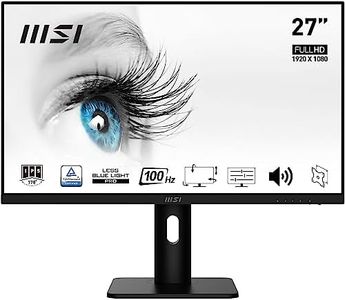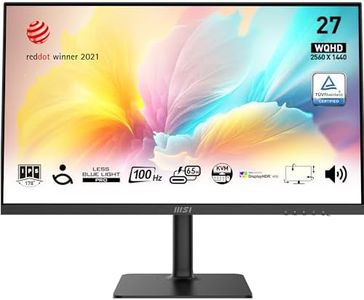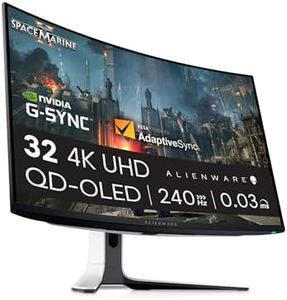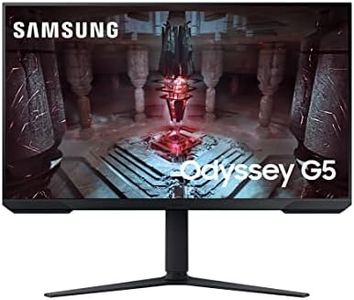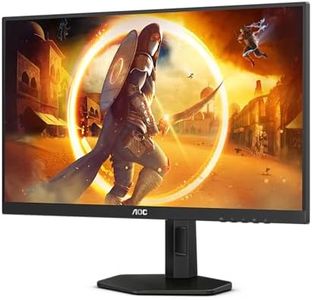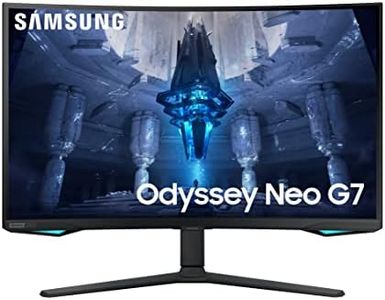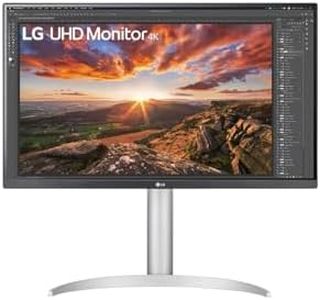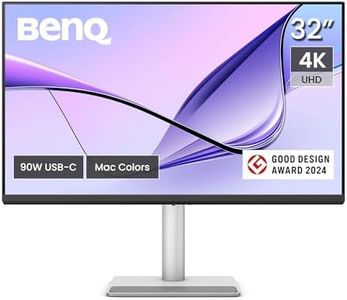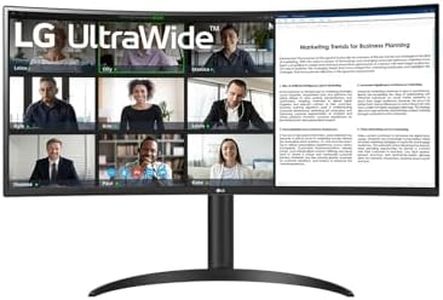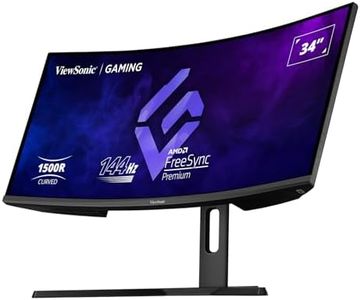We Use CookiesWe use cookies to enhance the security, performance,
functionality and for analytical and promotional activities. By continuing to browse this site you
are agreeing to our privacy policy
10 Best Height Adjustable Monitors
From leading brands and best sellers available on the web.Buying Guide for the Best Height Adjustable Monitors
When it comes to choosing a height-adjustable monitor, the key is finding something that matches the way you work and supports your comfort throughout the day. A monitor that adjusts in height can help prevent neck and back pain by allowing you to position the screen at eye level, which is especially important if you spend long hours at your desk. As you shop, look out for features that make adjustments smooth and easy, and consider the overall build and quality to ensure it lasts.Height Adjustment RangeHeight adjustment range refers to how far up or down you can move the monitor on its stand. This is important because a greater range allows you to set the screen at the perfect level for your eyes, whether you're sitting or standing. Some monitors can only move a little, which might not suit taller users or those who use standing desks. Others have a wide range, making them more flexible for different setups. If you often change positions during the day or share a desk with others, a larger height adjustment range is better. Otherwise, if you are average height and your desk is standard, a moderate range is usually enough.
Tilt, Swivel, and Pivot OptionsBesides just up and down, monitors can often tilt (forward/back), swivel (side to side), and pivot (rotate between landscape and portrait). These adjustments help you reduce glare, share your screen, or set it for tasks like reading long documents. More flexibility here lets you get the most comfortable viewing angle and helps reduce neck strain. If you work on detailed tasks, code, design, or frequently read, these options can be very helpful. If your work is mostly straightforward, like browsing or emailing, a basic tilt may be sufficient.
Stand Build QualityThe build quality of the stand determines how stable and durable your monitor feels while adjusting its height or angle. A sturdy stand ensures that the screen stays in place and doesn’t wobble when you touch it. Cheaper stands may feel flimsy, may not hold their position, or could wear out over time. If you plan to adjust your monitor often or rely on it for work, look for well-built stands made from metal or high-quality plastic that feel solid and reliable.
VESA Mount CompatibilityVESA mount compatibility means the monitor can be attached to a separate mounting arm or wall mount. This is useful if you want even more adjustability than the stand provides or need to free up desk space. Monitor arms often offer excellent range of motion and are great for multi-monitor setups. If you think you might want a more customized setup in the future, make sure the monitor supports standard VESA mounting holes. If you’re happy with a traditional stand, this may not be necessary.
Screen Size and ResolutionThe screen size and sharpness are also important because the right height only truly helps if you can see your work comfortably. Larger screens and higher resolutions can reduce eye strain by making text and images clearer and easier to see without leaning forward. Consider how far you sit from your screen and what you use it for—bigger is often better for productivity and multitasking, while a smaller screen might be fine for basic tasks or tight spaces.
